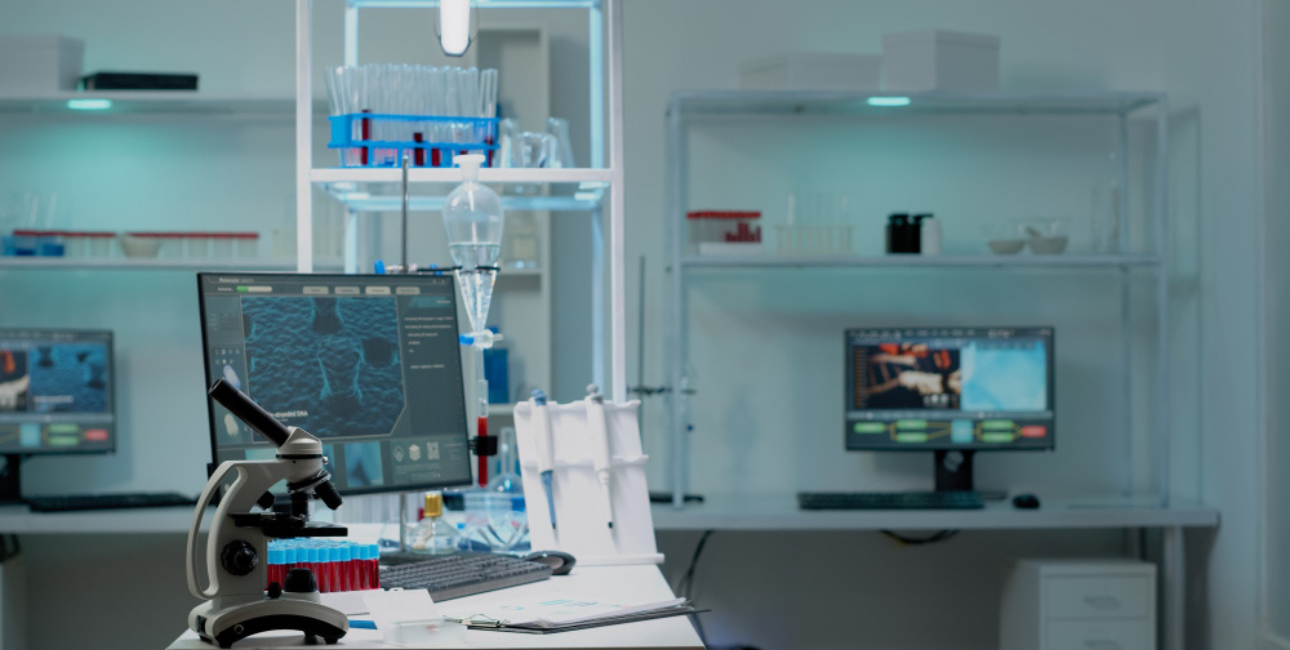Lab Safety and Sample Security: Managing Microscope Slide Storage with Confidence
5 Mins Read
Published on: 17 July 2025
Last Updated on: 18 July 2025

toc impalement
Let’s be honest—labs can be chaotic. Between endless samples, time-sensitive work, and that one ancient centrifuge that always squeaks, it’s easy to overlook the tiny glass slide sitting quietly under a microscope.
But those little things? They hold years of research, patient samples that could change a diagnosis, or even key pieces of evidence in a legal case. So, Slide Storage Solutions for Lab is a big deal.
It’s not just about tidying up your lab bench. Storing slides the right way is how you keep your work legit—safe from contamination, damage, or just plain getting lost in a pile of other stuff.
The Critical Nature Of Preservation: Slide Storage Solutions for Lab
Here’s the thing: one tiny mistake—like smudging a sample or letting it sit too long in the wrong environment—and boom, months of work down the drain.
And nobody wants to be the person who has to redo an entire batch of slides because the staining faded or the coverslip shifted.
If you’re in histology, keeping those tissue slides in good shape means preservation of the detail that pathologists rely on to make calls.
In forensics? You can’t risk messing up the chain of custody. And if you’re working on long-term research, you need slides that are still readable years down the line, especially if someone else tries to replicate your study.
That’s exactly when Slide Storage Solutions for Lab comes into play!
Managing Microscope Slide Storage Solutions for Lab with Confidence
Effective management of microscope slide storage is crucial to maintaining slide integrity and facilitating better work efficiency. Here’s how you can do this:
Environmental Control: The Foundation Of Sample Integrity
Temperature swings and humidity spikes aren’t just annoying—they’re dangerous for slide preservation. Advanced microscope slide storage solutions for lab incorporate climate-controlled environments that maintain optimal conditions regardless of external factors.
You’d be surprised how fast things can degrade. Mounting media can crack, labels peel off, and delicate specimens start to lose structure.
A good storage setup doesn’t just keep things dry and cool—it protects against UV light too. That stuff slowly fades stains, and breaks down biological material.
Some high-end cabinets even come with filters to keep airborne gunk from ruining your samples over time. It might seem like overkill, but trust me, it’s worth it.
Organization Systems: Balancing Accessibility And Protection
There’s always that tug-of-war between keeping things easy to grab and making sure they stay protected. The best systems do both—letting you find what you need fast, without turning the entire drawer into a disaster zone.
Labeling helps a ton. So do color-coded boxes, barcodes, asset management, QR codes… even RFID if you’re feeling fancy.
These tricks cut down on lost slides and misfiles, which, let’s be real, happen more often than we’d like to admit. Plus, they keep your documentation clean, which saves you major headaches later on.
Cross-Contamination Prevention: Maintaining Sample Purity
In a lab juggling tons of sample types, cross-contamination is a real threat. One slip-up and your pristine sample ends up compromised, or worse, useless.
That’s why smart storage systems separate projects with solid dividers, so there’s zero chance that a forensic sample rubs elbows with a clinical one.
Some setups even use antimicrobial materials that fight off bacteria and mold. If your lab handles infectious material, those features are basically non-negotiable.
Security Protocols: Protecting Sensitive Materials
Some slides aren’t just scientifically important—they’re legally or ethically sensitive too. If you’re storing patient biopsies, proprietary data, or court evidence, then yeah, security matters.
Modern systems come with lockable drawers, swipe card access, and even digital logs that track who opened what, when.
Sounds intense, but for labs dealing with audits, legal stuff, or IP issues, that extra layer of protection can be the difference between passing and failing inspection.
Durability Considerations: Investing In Slide Storage Solutions for Lab
If you’re storing slides long-term, cheap plastic drawers won’t cut it. Properly made slides can last for decades, sometimes longer, if they’re stored correctly. So, the storage setup? It needs to last just as long.
You’re looking for materials that resist chemicals, don’t warp, and can survive daily wear. Steel cabinets with powder coatings are popular for a reason.
They’re tough, they keep things safe, and they age well. The good ones glide open smoothly even after years of daily use, which is exactly what you want.
Space Optimization: Maximizing Laboratory Efficiency
Lab space is always tight. Doesn’t matter if you’re at a big university or a small clinic—everyone’s cramming gear into every inch.
Modern storage systems become increasingly sophisticated with this approach. Vertical designs, stackable drawers, expandable modules… they’re all about fitting more into less.
And if your lab is growing, you don’t want to invest in a whole new system every year. Modular storage gives you breathing room—add to it when you need to, not before.
Regulatory Compliance: Meeting Industry Standards
If you’re in a regulated space—think hospitals, pharma, or legal labs—you already know the rules are no joke. From how you label things to how you store them, everything needs to be up to code.
The right Slide Storage Solutions for Lab system actually help in this case. Built-in documentation features, label-ready layouts, and locked compartments demonstrate to auditors that you’re not cutting corners.
That’s huge when you’re trying to stay certified or renew credentials. It’s also just… good lab practice.
Wrapping It Up!
In the end, storing slides right isn’t just about keeping things neat, and the Slide Storage Solutions for Lab make it possible.
It’s about protecting the work that matters—research, diagnoses, evidence. All the things that drive science, save lives, and tell the truth.
The best labs get that. They don’t treat storage as an afterthought. They invest in smart systems, stay organized, and protect their samples as if they mattered—because they do. When your storage is solid, your research stands stronger.
And hey, you’ll sleep better at night knowing your most important samples aren’t sliding around in a random drawer.
Read More:

















